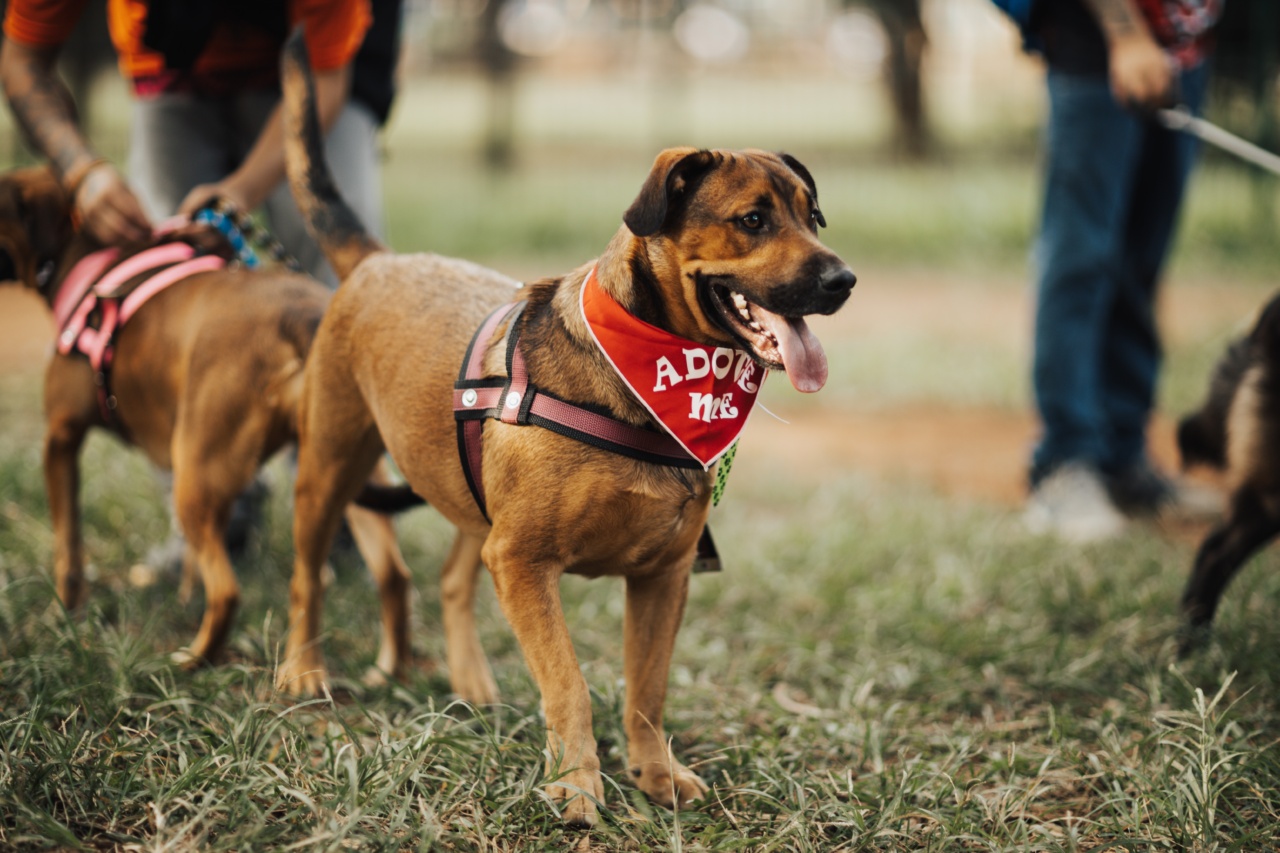Dogs are often referred to as man’s best friend, but did you know that they are also closely related to wolves? In fact, domestic dogs and wolves are part of the same Canidae family.
But how close are they really? Do dogs resemble wolves as much as we think they do? Let’s find out in this article.
History of dogs and wolves
Dogs were the first animals that humans domesticated, somewhere between 20,000 and 40,000 years ago. Scientists believe that dogs descended from wolves, which were the dominant predator at that time.
Over time, humans began breeding dogs for specific purposes such as hunting, guarding, and herding. This led to various breeds of dogs each with their own unique physical and behavioral traits.
Physical similarities
There are many physical similarities between dogs and wolves. Both have pointy ears, sharp teeth, and a keen sense of smell. They also have a similar skeletal structure, with strong legs and a flexible backbone.
However, there are also notable differences such as size. Wolves are generally larger than dogs and have a more muscular build. Their coats are also thicker and more suitable for colder climates.
Behavioral similarities
Behaviorally, dogs and wolves have many similarities as well. Both are pack animals and need social interaction to thrive. They are also highly territorial and will protect their pack and territory if threatened.
Both dogs and wolves communicate through body language such as growling, barking, and tail wagging. In addition, dogs have retained some of their wolf-like behaviors such as scavenging, hunting, and marking their territory.
Differences in behavior
Despite their behavioral similarities, dogs and wolves also have some significant differences. Wolves are instinctive hunters and have a much stronger prey drive compared to dogs.
They also have a very strict social structure within their pack, with a dominant alpha male and female controlling the pack’s activities. Dogs, on the other hand, have lost much of this instinctive behavior and now function in a more human-like family structure.
Genetic Differences
Despite many similarities between dogs and wolves, the genetic differences between the two are quite significant. In fact, scientists estimate that dogs have evolved from wolves between 15,000 to 40,000 years ago.
This means that dogs have undergone significant changes in their genetics due to selective breeding by humans. For example, dogs now have a much lower level of cortisol, which is the hormone associated with stress.
The Domestication process
The domestication of wolves into dogs was a gradual process that took many generations. At the start, wolves would often scavenge near human settlements and slowly began interacting with humans.
The ones that were less afraid of humans were more likely to survive, and over time, they evolved into more domesticated dogs. It was only later that humans began actively breeding dogs for specific traits such as guarding or hunting.
Conclusion
In conclusion, while dogs and wolves have many similarities, they are also quite different in many ways. Although dogs have evolved from wolves, they have undergone significant changes through selective breeding by humans.
They have now evolved into over 300 different breeds, each with their own distinct physical and behavioral characteristics. So, while dogs may resemble wolves in some ways, it’s important to remember that they are their own unique species that has evolved to suit human companionship.





























